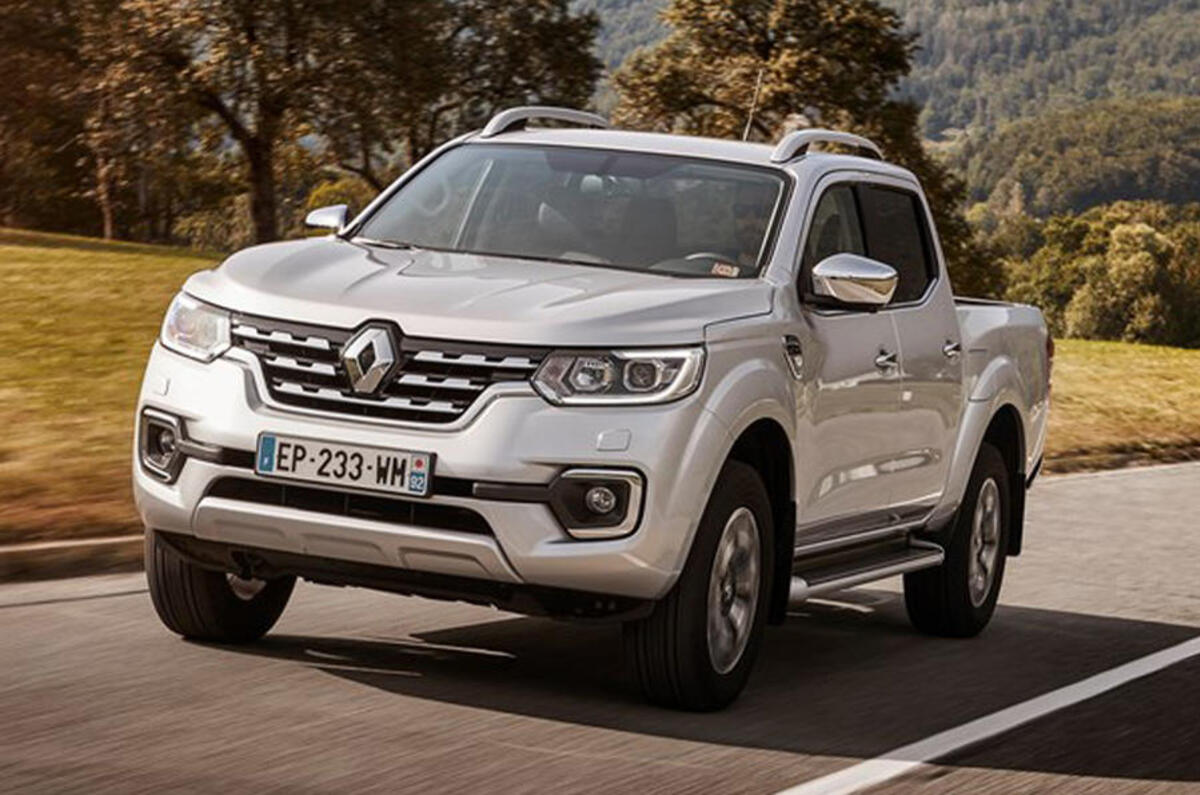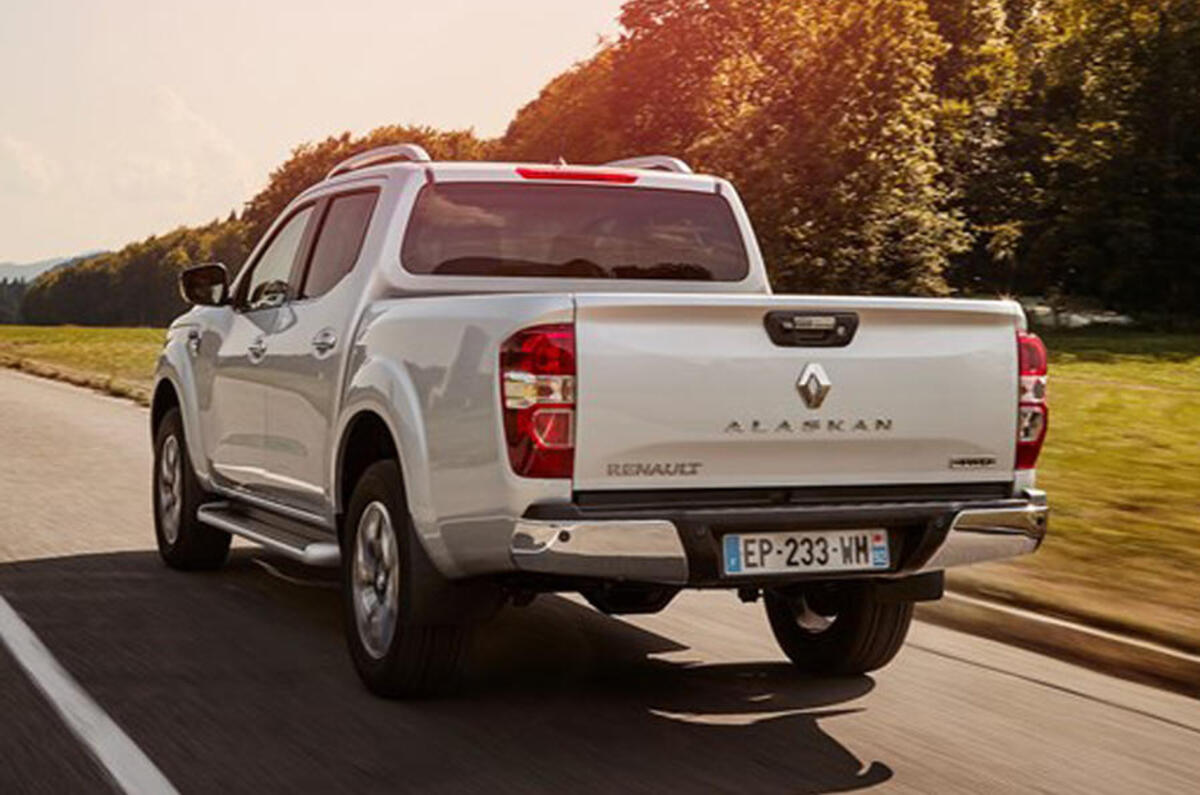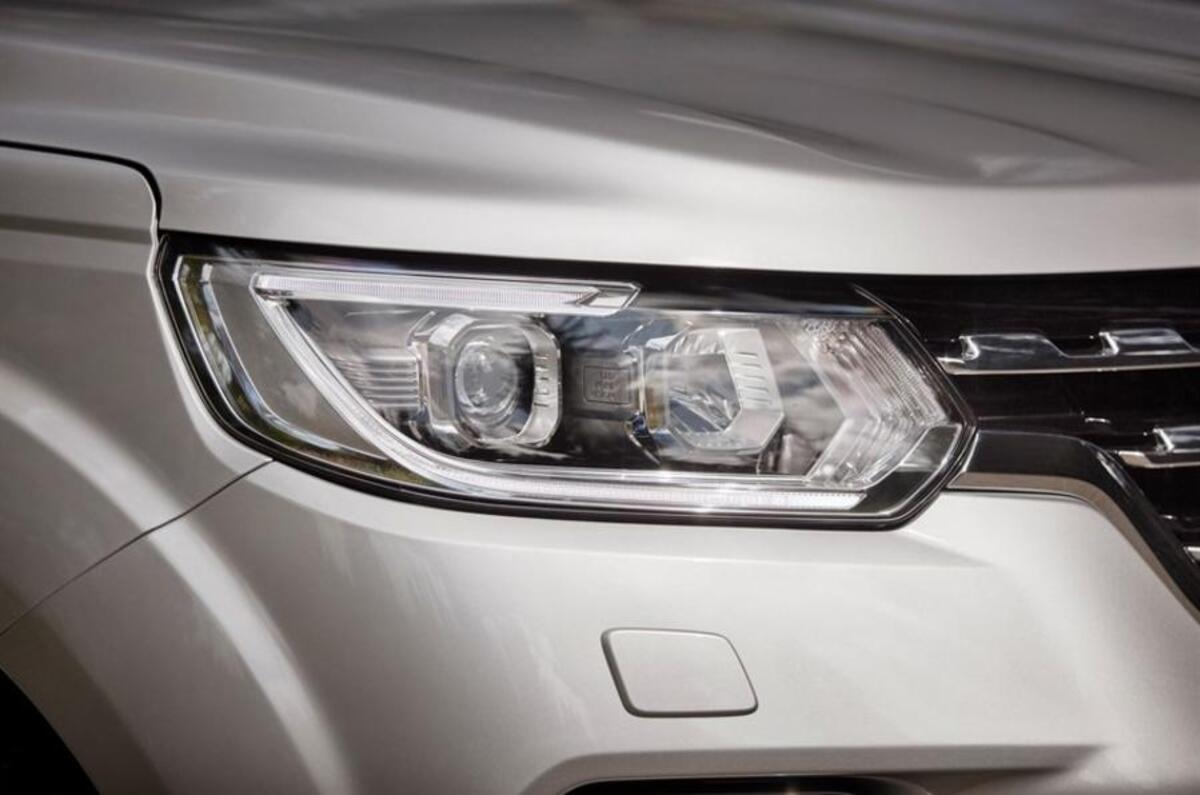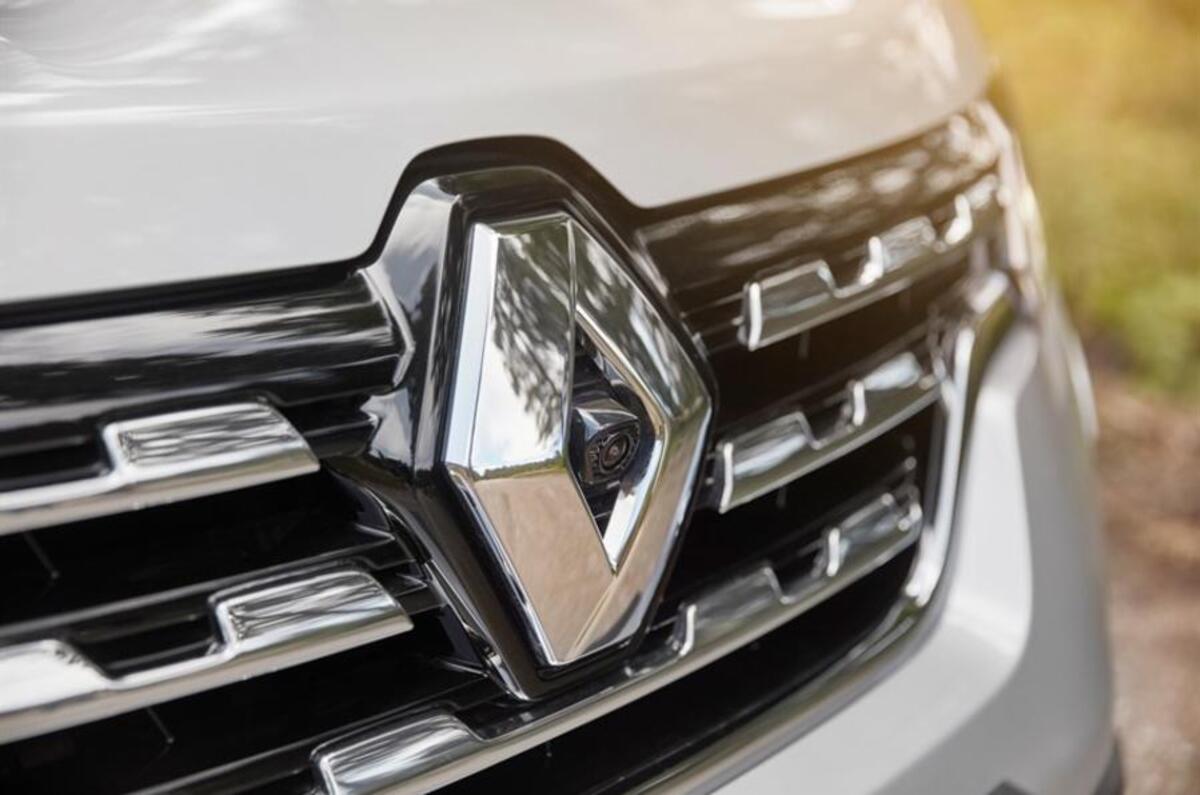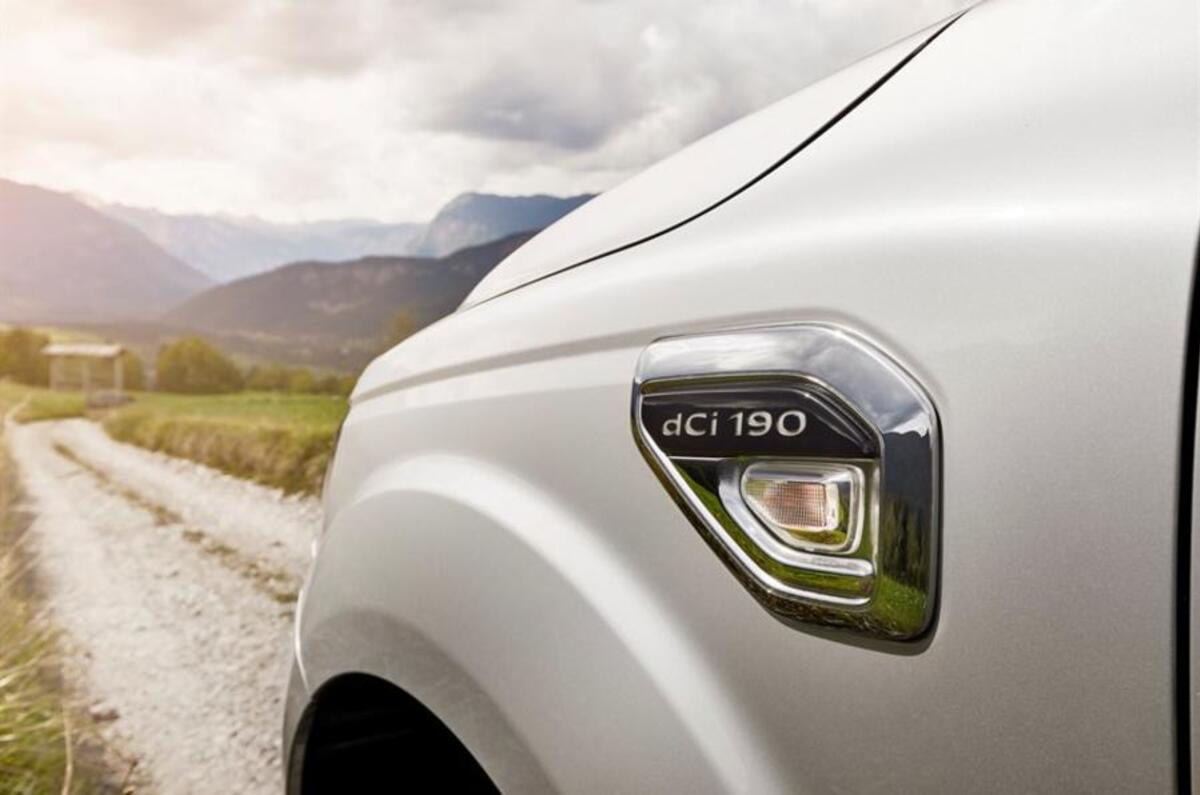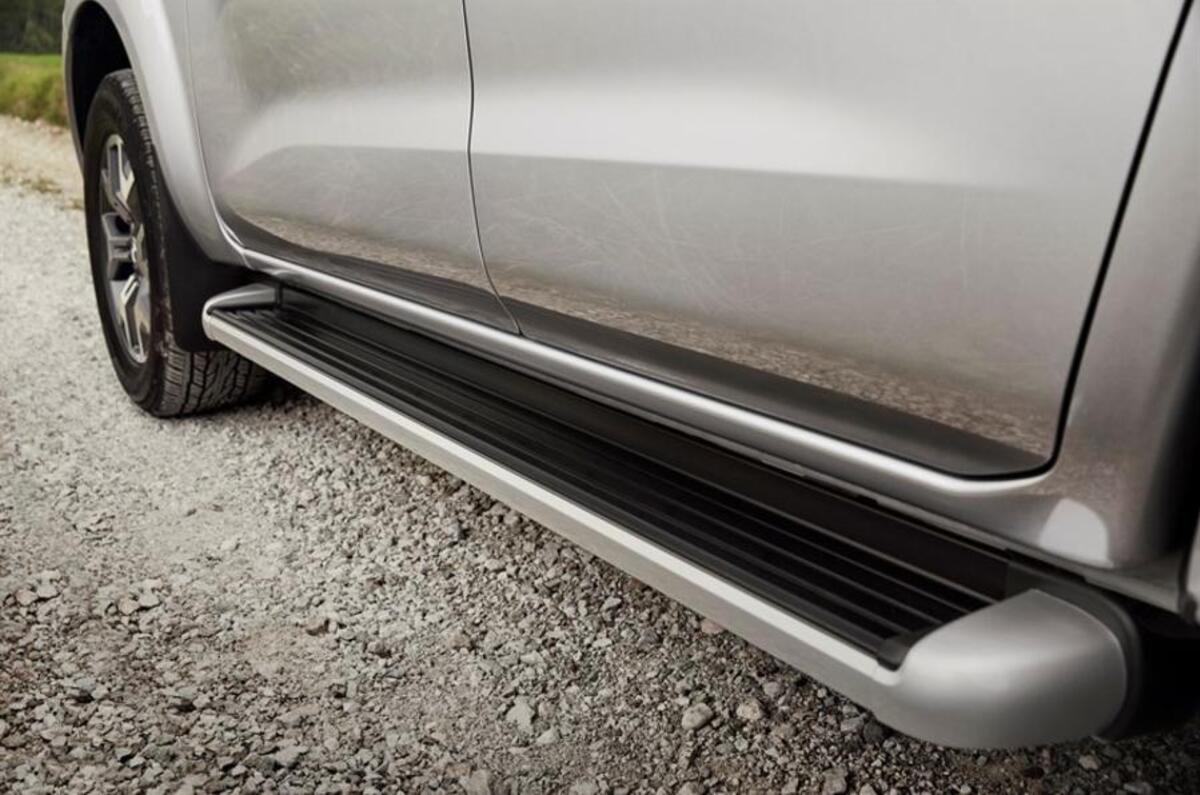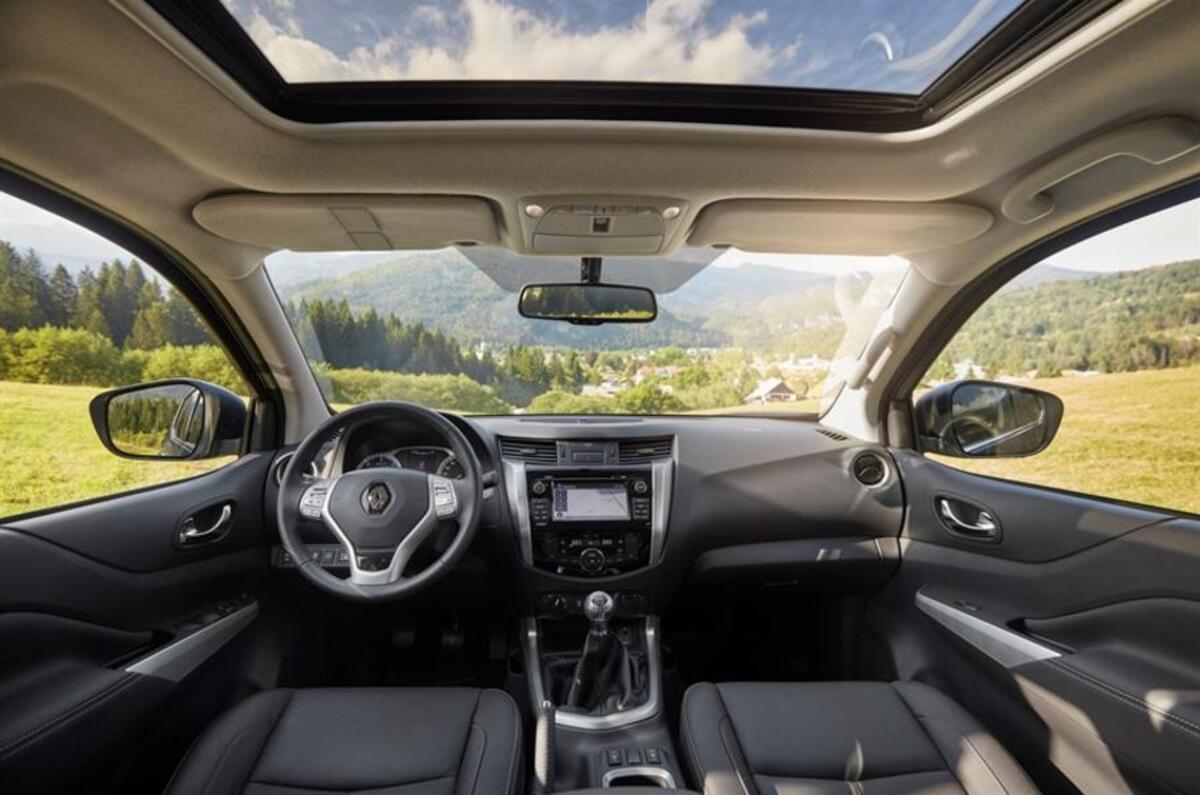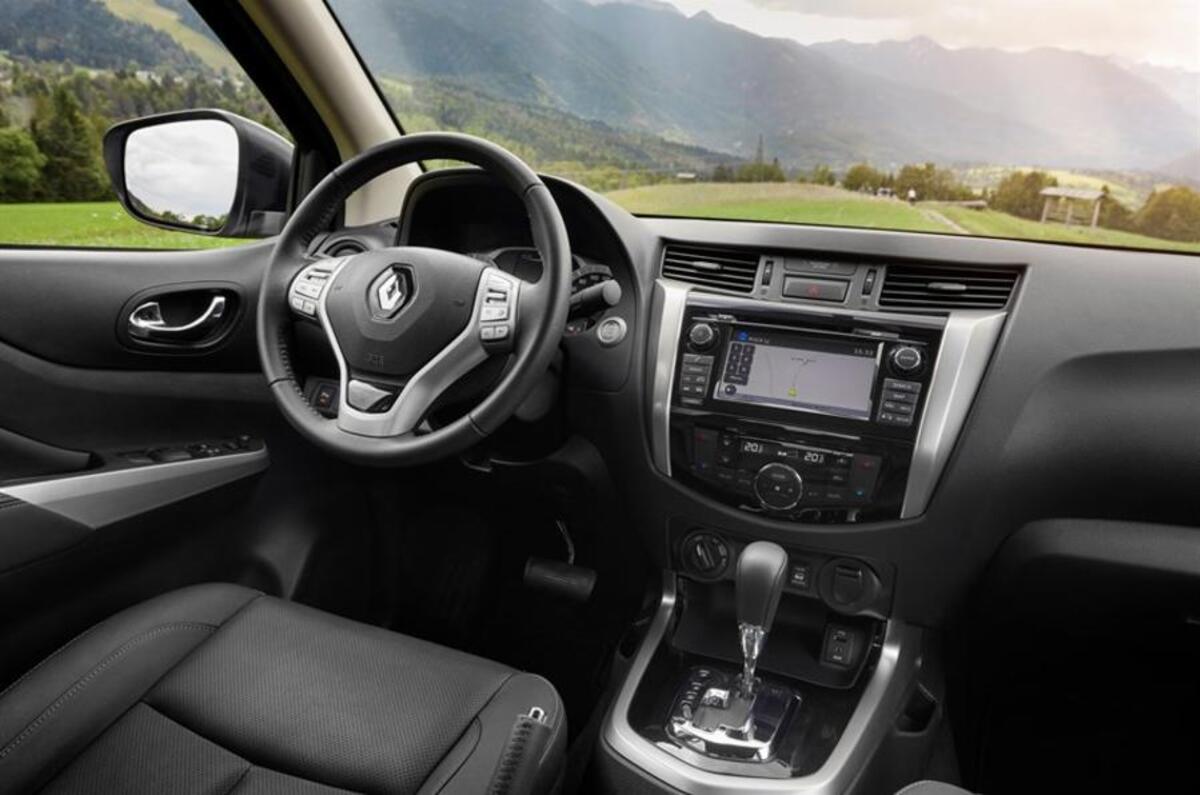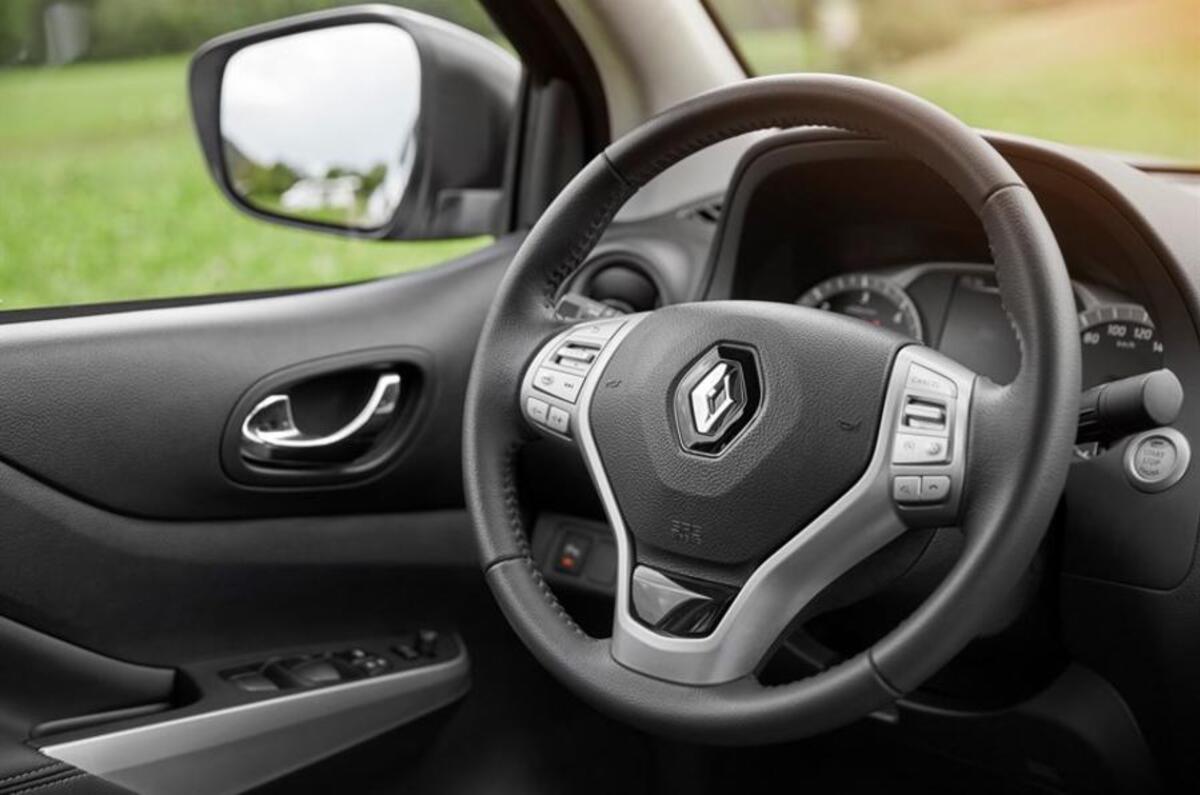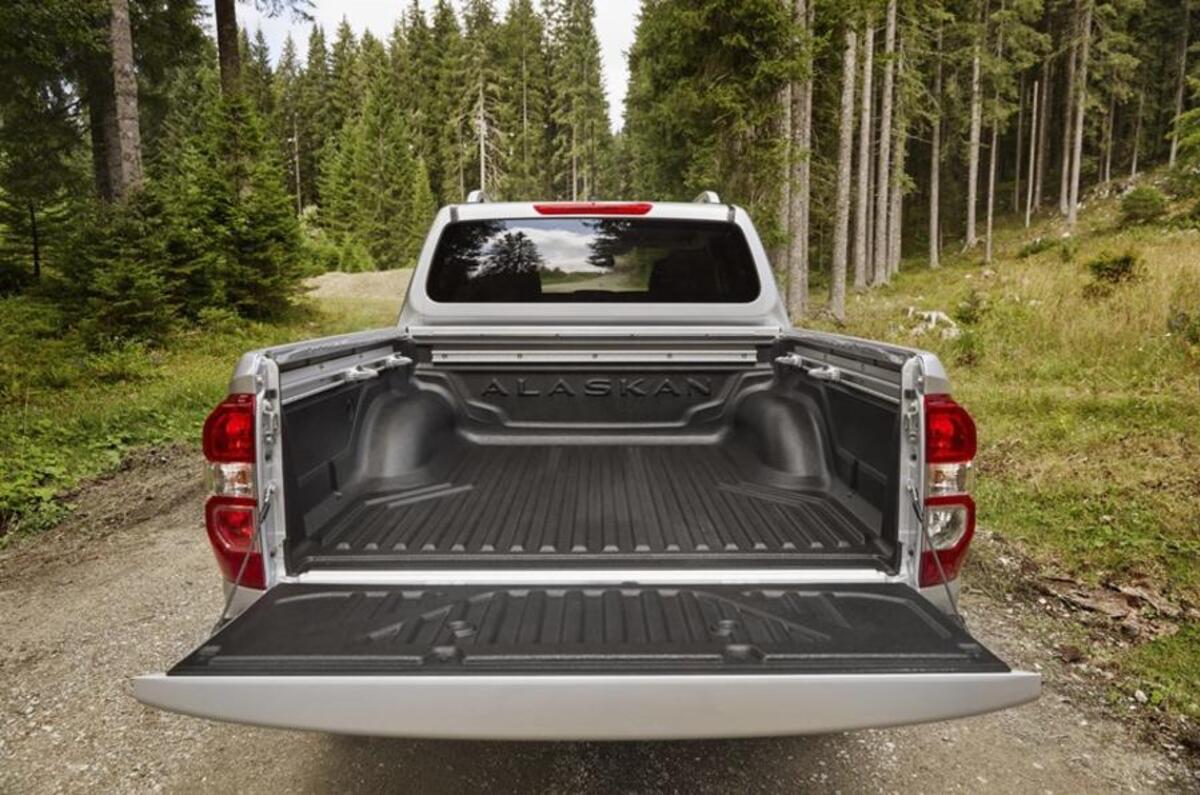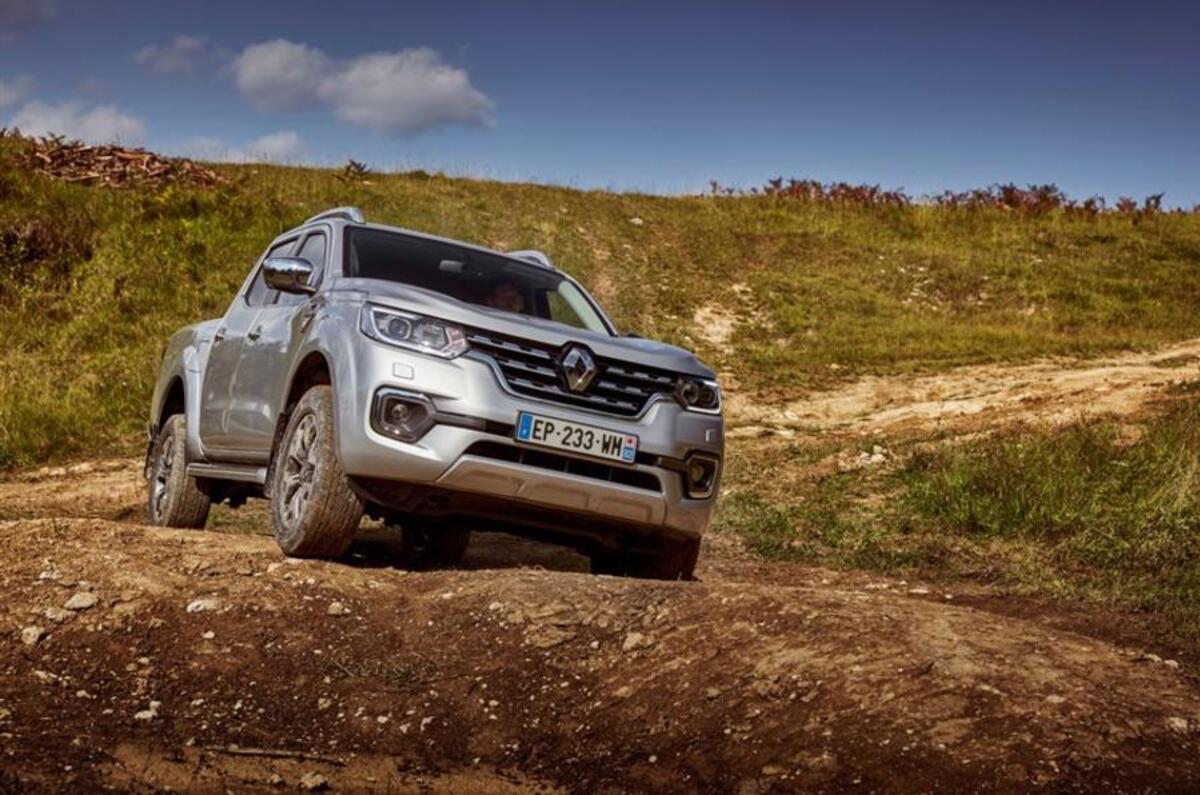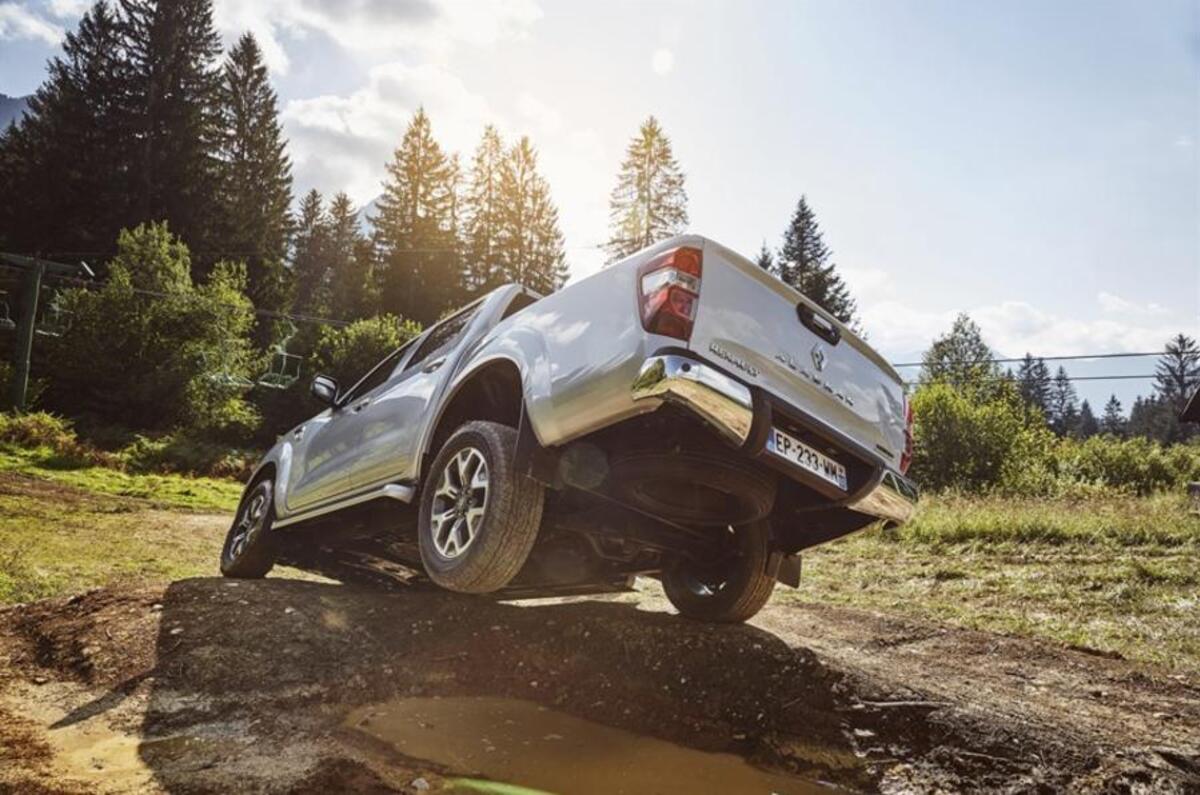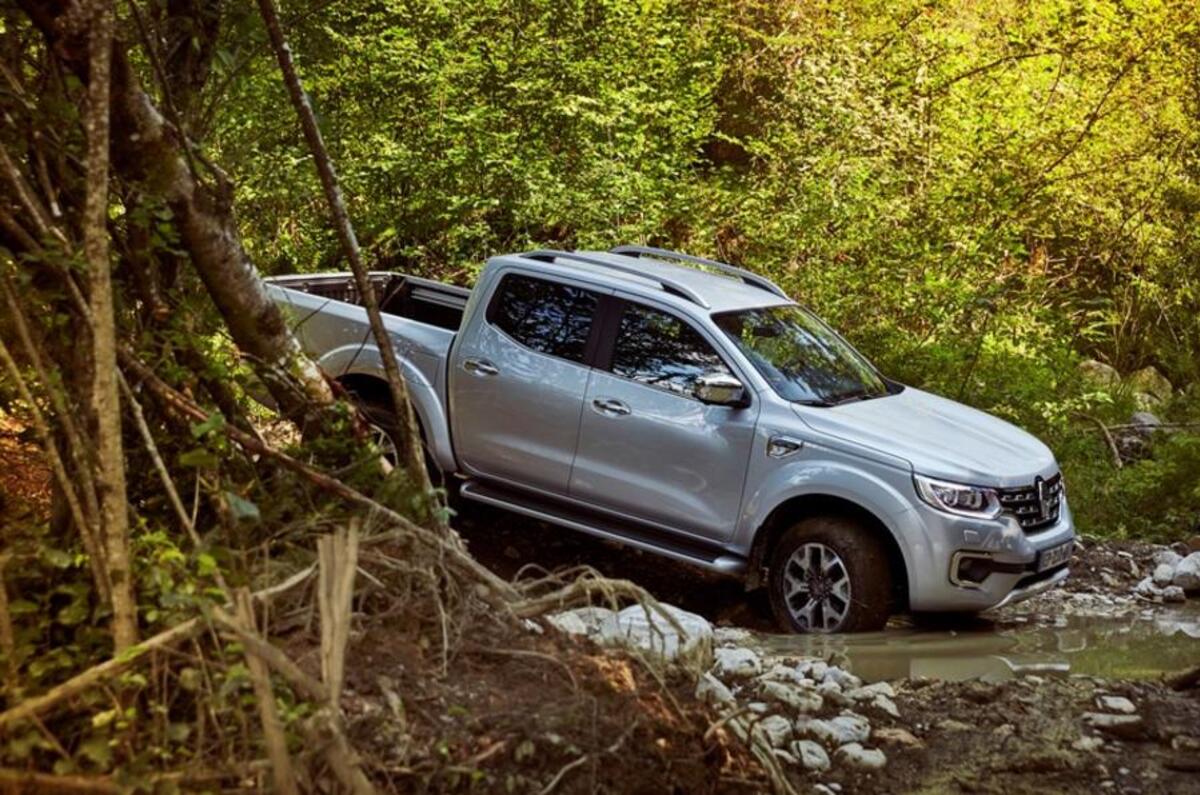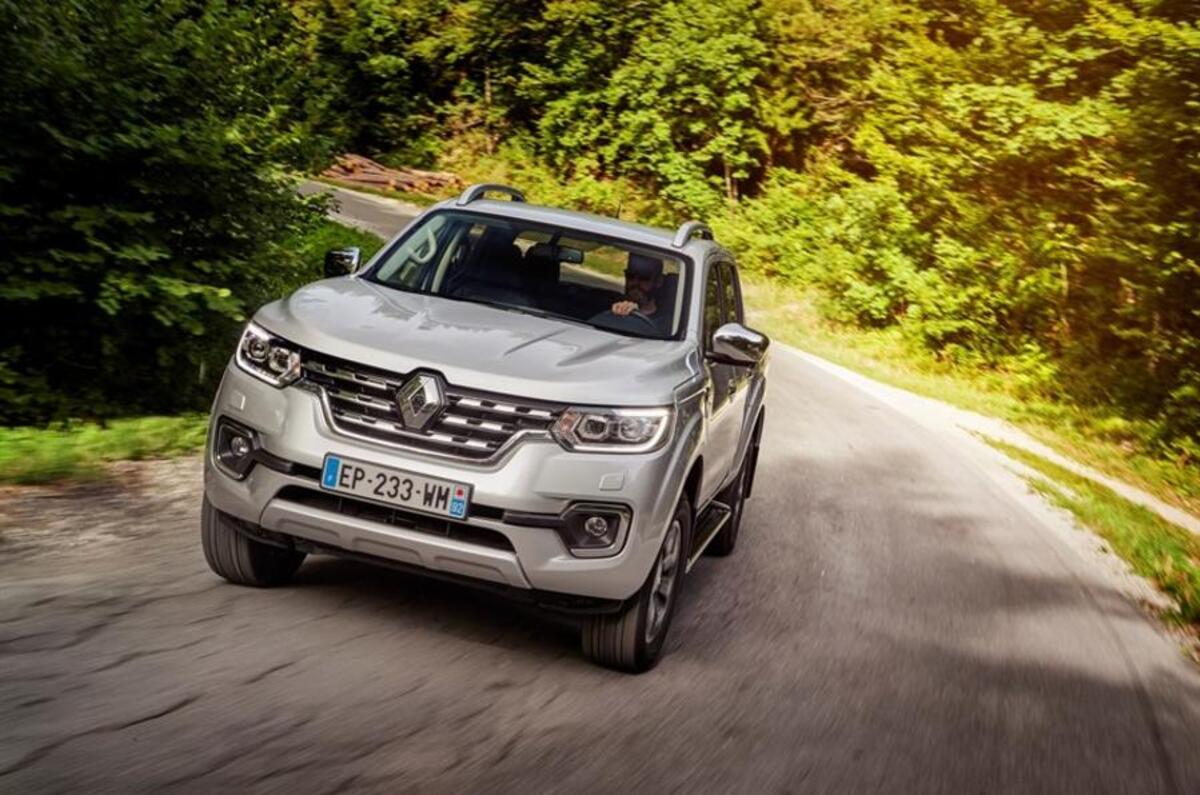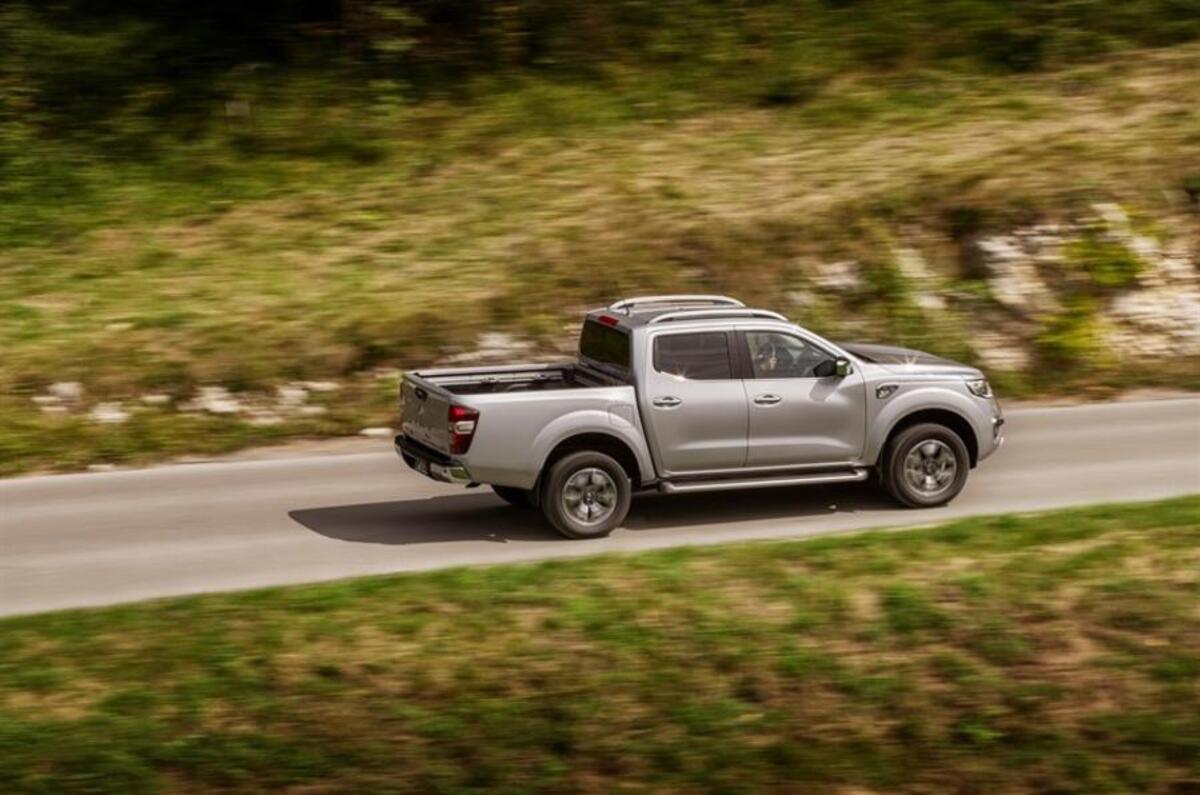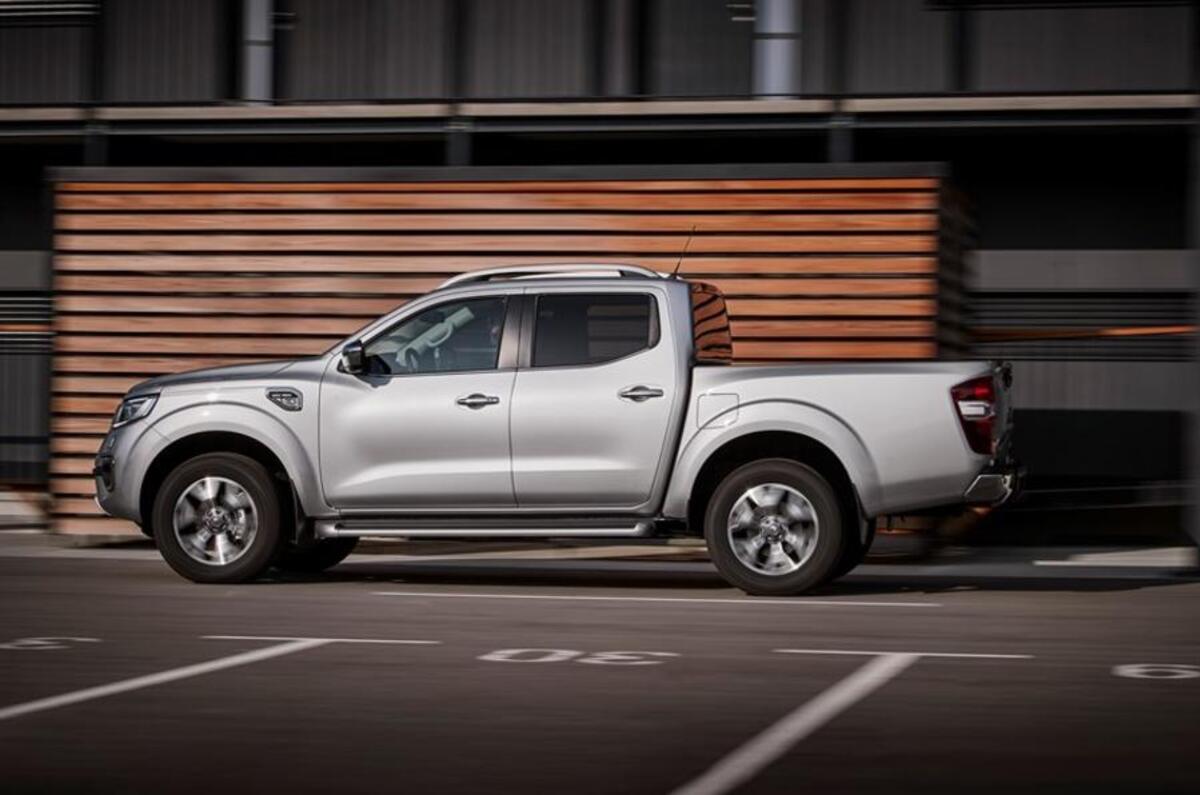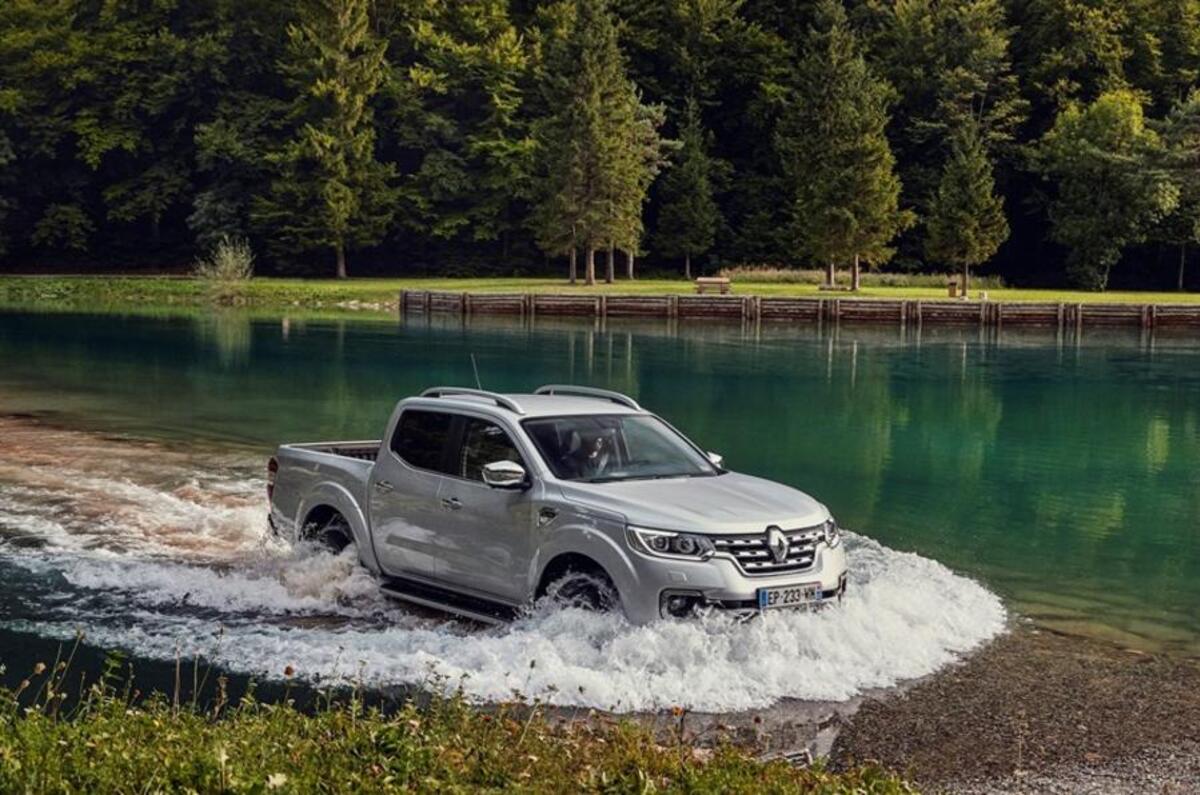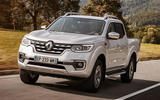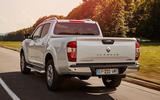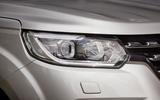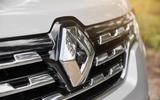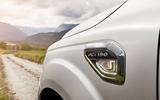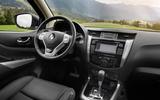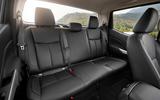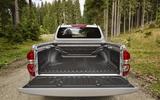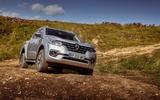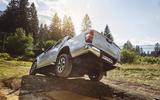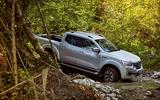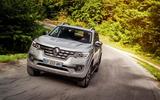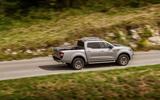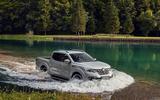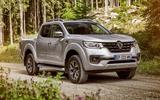Renault’s own version of the Nissan Navara pickup truck. The Alaskan is one of three models to use the jointly developed Renault-Nissan pickup platform.
The Navara and the Mercedes-Benz X-Class are both built alongside the Alaskan at Nissan’s plant in Barcelona, although each has its own distinctive look and, in the case of the X-Class, has been fine-tuned and altered slightly to better reflect Mercedes' values.
While the project has been a collaboration from the start, the shared engine is all Renault, with a 2.3-litre four-cylinder turbo diesel unit – found in Renault Master vans – used to power the truck with two power outputs.
The dCi 160 delivers 158bhp and 297lb ft of torque, while the dCi 190 develops 187bhp and 332lb ft. Both power ratings are also found in the Navara and X-Class.
How does the Alaskan differs from the Navara?
The front section of the truck has been changed to give it a more familiar Renault appearance. That means a new grille, bonnet, headlight and bumper design. However, at the rear of the vehicle, only the central section of the tailgate has been altered, flattening it to make room for the large Alaskan badging.
There’s a choice of six-speed manual or seven-speed automatic transmissions with selectable four-wheel-drive and a low-range gearbox. For more ambitious off-roading, there is also the option of a locking rear differential and the Alaskan has a maximum approach angle of 30deg and departure angle of 27deg.


